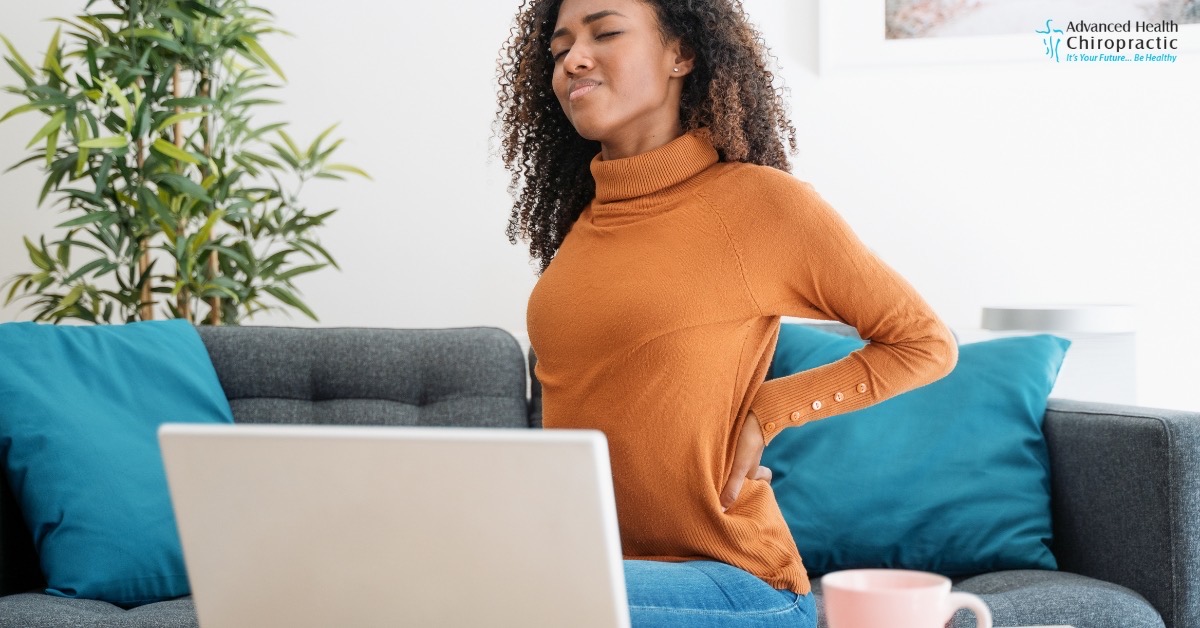The winter season is a refreshing break from the summer heat. It also brings beautiful snow, holiday celebrations, exciting winter sports, and more. But, many people find themselves coping with increased back pain in winter due to continuous inflammation or spine issues. If you’re concerned that cold weather may be contributing to the back pain you’re experiencing, consider the scientific evidence and things you can do to help avoid wintertime back pain.
Does Cold Weather Cause Back Pain?
In addition to the increased risk of back injuries in winter, being exposed to low temperatures can lead to back pain. Cold weather causes tightening or stiffening of the muscles, tendons, ligaments, and other connective tissues that help support the spine. This can put strain on the back, pulling on nerves around the spine, which causes pain.
How Cold Temperatures Cause Back Pain
Several large studies have found a link between low temperatures and the number of people reporting pain. A large study in Sweden with about 135,000 construction employees working in cold weather found that outdoor workers reported more occurrences of back pain than those working indoors at controlled temperatures. Research in Finland showed a similar outcome.
-
- Vasoconstriction: Blood vessels in the arms and legs become narrower in cold temperatures because blood rushes to more vital areas to keep those warm. As the muscles, tendons, and other spinal support structures have less blood, they stiffen, which puts more strain on the back.
-
- Muscle Strain: If muscles, tendons, or ligaments that help support the spine are tight or stiff, they may pull on nerve endings of the spine, causing back pain.
-
- Winter Back Injury: Back injuries in winter from shoveling snow, falling on ice or wet surfaces, and from auto accidents on ice are all common occurrences.
-
- Cold Connective Tissues: Shivering in cold air makes muscles, tendons, and ligaments contract, as they help produce body heat, and become stiff, tight, or even cramped (though it may be unnoticed). That can lead to pain in the back and elsewhere.
-
- Barometric Pressure Drop: There’s no proven link yet between barometric pressure and back pain. But, there’s concern that with a drop in barometric pressure, less gravity allows further swelling in already inflamed joints, which may cause pain.
-
- Depression: Research shows that dark cold days contribute to Seasonal Affective Disorder (SAD), a form of depression, in many people. Studies suggest that depression can lead to back pain.
-
- Increased inflammation from cytokine proteins can cause inflammatory diseases, which can cause back pain and depression.
-
- Seasonal depression can cause heightened pain perception.
-
- Depression reduces interest in exercise, which can lead to back pain.
-
- Depression: Research shows that dark cold days contribute to Seasonal Affective Disorder (SAD), a form of depression, in many people. Studies suggest that depression can lead to back pain.
-
- Metal Implants: Metal loses heat faster than body tissue, causing pain in the nerves around an implant. Someone with a metal implant covered by only thin human soft tissue and skin over the spine is much more likely to feel back pain when the implant gets cold.
To Help Prevent Back Pain During Winter
Ultimately, the best way to feel happy and help prevent back pain and other aches and pains is to develop these few basic habits for maintaining back health during the cold season:
-
- Stay warm outdoors.
-
- Avoid strain on the spine.
-
- Exercise to maintain flexibility.
-
- Avoid injuries from falling.
-
- Keep metal implants warm.
Remedy for Back Pain Due to Cold Weather in Troy, MI
We have been helping people gain long-needed relief from seasonal back pain during cold weather for over two decades. We combine the world’s most effective chiropractic and physiotherapy methods. Don’t suffer from back pain. Get the help you need! Ask about our convenient payment options.


